Discoveries in little-known fungi: Adventures in looking at lichens
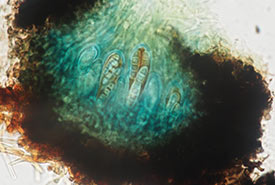
Opegrapha parmeliiperda, cross section of one fruiting body showing four-celled spores developing inside spore sacs; blue colour result of treatment with potassium hydroxide followed by Lugol’s iodine solution. (Photo courtesy of Kendra Driscoll)
I used to think that scientists understood the basics about most living things on Earth, that new species were all discovered long ago by people like Linnaeus and Darwin. Maybe you could find new species in the most remote corners of the planet,...
The importance of being a flower
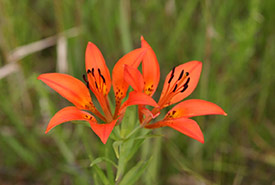
Western red lily has one of the largest flowers in Manitoba. (Photo courtesy of Manitoba Museum)
Like many of you, I enjoy walking through my neighbourhood and smelling the sweet fragrances of the summer flowers. Unfortunately, like many things, flowers are ephemeral. When I see a flower, I am always reminded of the Robert Herrick poem urging...
The Wildflower Blog: Three favourite wildflowers to grow
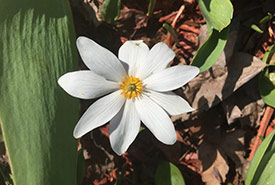
Bloodroot (Photo by Thomas Noland)
Bloodroot, Dutchman's breeches and Virginia bluebells are three lovely spring-blooming wildflowers that are worthy of any flower garden, not just a wildflower garden. In my garden, its always a race between bloodroot and Dutchman's breeches for...
The calming effects of natural soundscapes
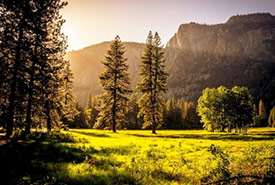
Birds, wind, rain – these sounds enrich our experience of natural landscapes. (Photo by André Cook, Pexels)
Birds chirping, wind brushing through treetops, the babble of running water — nature’s music is abundant and has long been a source of comfort for humanity. Shakespeare noted the beauty of nature’s sounds in The Tempest: The...
An introduction to the science of bird migration in Canada
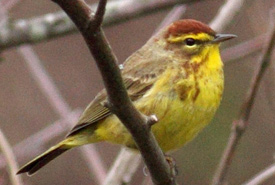
Palm warbler (Photo by Marshall Faintich)
Birds move. Actually, they do better than that: most birds fly. And the distances these tiny creatures can cover is jaw-dropping. On top of that, can you imagine the views from a bird's vantage point as it flies from South America to Canada?...
5 ways insects make our world a better place
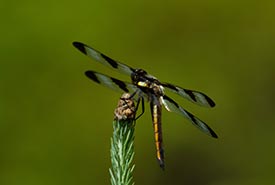
Dragonfly at Carden Alvar, ON (Photo by NCC)
There are an estimated 10 quintillion individual insects on Earth. That’s 19 zeroes after the one! Insects make up 75 per cent of all animals. Despite their ubiquity, they have a PR problem. People often find them gross, scary or even...
Our treasured islands of Mahone Bay
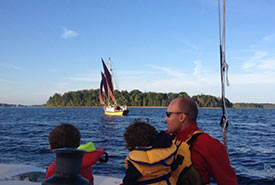
Saling on Mahone Bay, NS (Photo by MICA)
Imagine looking out from a shoreline and seeing beautiful pristine islands nearby. To row, paddle or sail to an island and find it in its natural state is not a dream in the waters of Mahone Bay, southwest Nova Scotia; it is a reality where you...
We’re in a biodiversity crisis. What we plant and how we alter landscapes matters
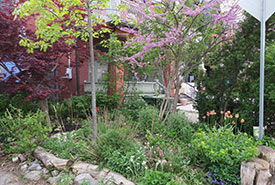
Front yard naturalization in spring. (Photo by Lorraine Johnson)
Spring hadn’t officially sprung, but the season was warm, and so the annual ritual began. People began to clean up the dried stalks and dead leaves protecting the earth. While tidying up, people were also throwing out countless insects...
Anchoring the earth
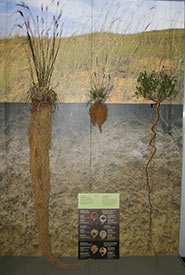
Exhibit showing big bluestem on the left, June grass in the middle and white prairie-clover on the right. (Photo courtesy of Manitoba Museum)
One of the most impressive plant specimens at the Manitoba Museum is a huge, preserved clump of grass that shows the entire root system. I think the reason everybody likes this specimen is that it provides a perspective that no one has ever seen:...
The wildflower blog: Harbingers of spring for Ontario
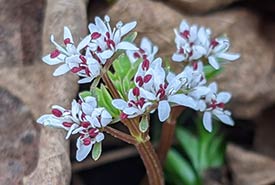
Pepper and salt (Photo by Pat Deacon, CC BY-NC 4.0)
I am a retired forestry scientist who has wildflower gardens. My mother introduced me to wildflowers at an early age. She grew up in Pennsylvania, and her favourite wildflowers were the delightfully fragrant trailing arbutus and mountain laurel...

